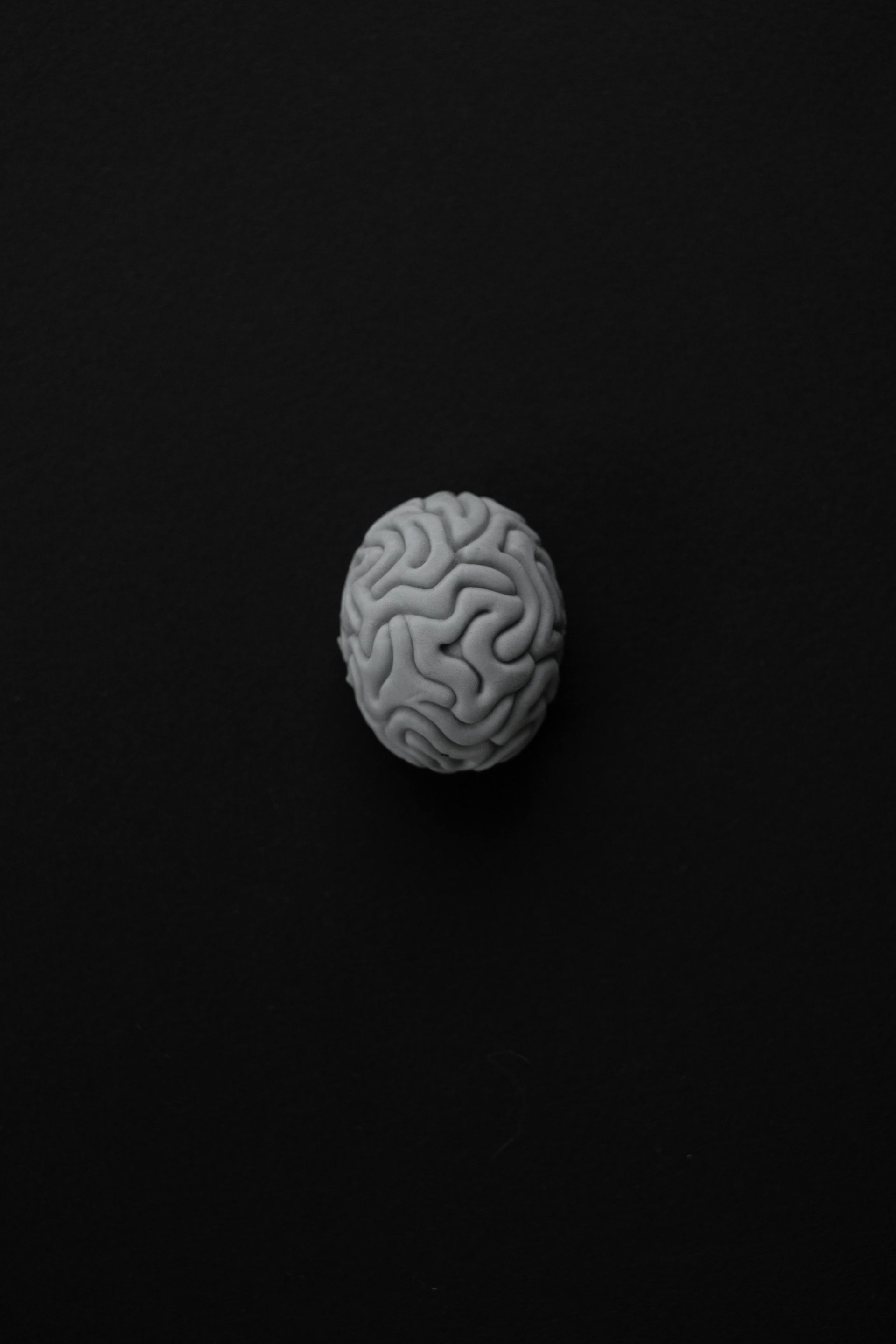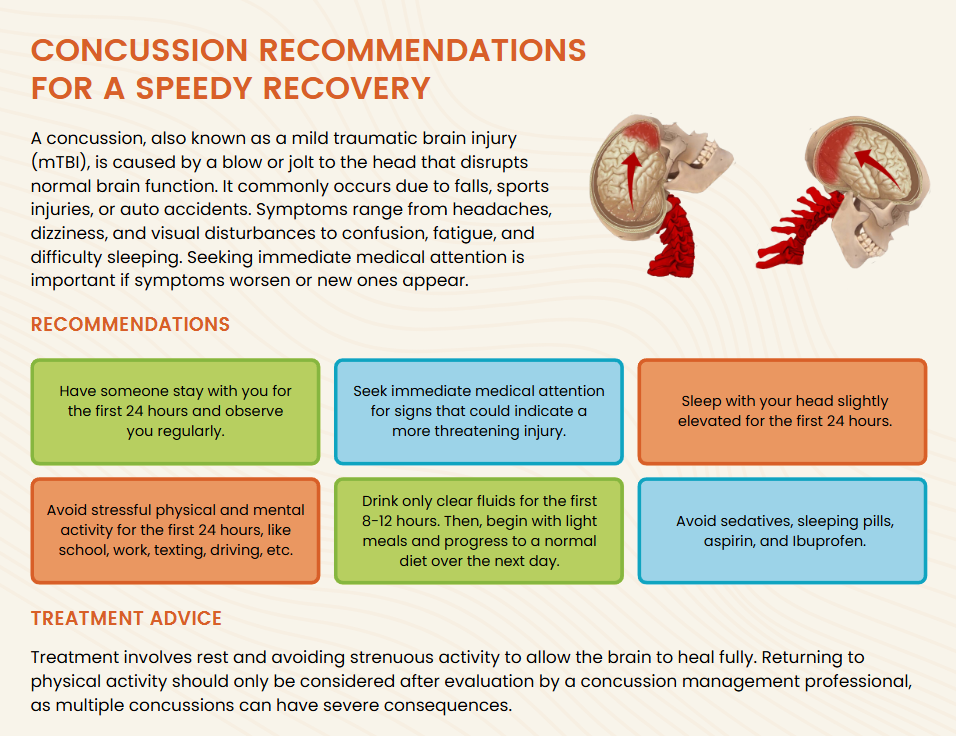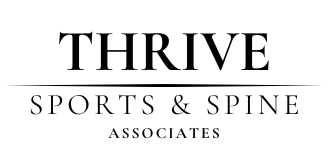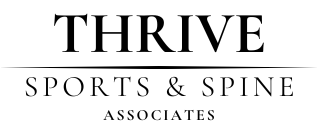Facet Joint Pain: An Overlooked Cause of Back and Neck Pain
Facet joint pain causes up to 45% of low back pain cases. Learn the signs, treatment options, and how chiropractic care at Thrive Sports & Spine can help.
Not all back or neck pain comes from discs or muscles. Research shows 15–45% of low back pain cases and up to 55% of chronic neck pain are due to facet joint dysfunction. At Thrive Sports & Spine, we specialize in diagnosing and treating this under-recognized condition.
What Is Facet Joint Pain?
Facet joints are small stabilizing joints in the spine. Injury, arthritis, or repetitive stress can irritate these joints, causing localized pain, stiffness, and reduced mobility.
Signs of Facet Joint Pain
- Pain worsens with extension or rotation (leaning backward, twisting).
- Local pain that may radiate into the buttocks or thighs but rarely past the knee.
- Stiffness after prolonged standing or inactivity.
Evidence-Based Treatment
- A 2011 randomized controlled trial found that chiropractic manipulation plus laser therapy significantly improved outcomes in cervical facet pain patients.
- A 2016 systematic review confirmed that conservative care, injections, or radiofrequency ablation are effective for lumbar facet joint pain. Chiropractic is often the first line of conservative care.
How We Treat Facet Joint Pain at Thrive Sports & Spine
- Chiropractic Adjustments: Restore movement and reduce joint irritation.
- Soft Tissue Therapy: Loosens tight muscles guarding the painful joint.
- Rehab Exercises: Improve posture, mobility, and spinal stability.
- Adjunctive Modalities: Shockwave, electric stimulation, stretching, and ergonomic advice.
If you’re struggling with chronic back or neck pain that doesn’t seem to improve, your facet joints may be the hidden culprit. At Thrive Sports & Spine, we offer targeted chiropractic care to restore function and relieve pain naturally.
Reference:
- Saayman L., et al. “Chiropractic manipulative therapy and low-level laser therapy in the management of cervical facet dysfunction: a randomized controlled study.” JMPT, 2011.
- Manchikanti L., et al. “Management of lumbar zygapophysial (facet) joint pain.” Pain Physician, 2016.












